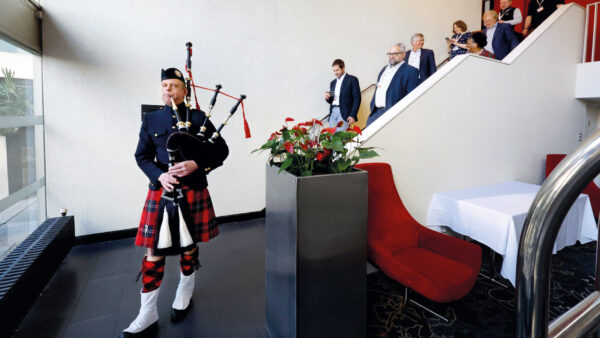
How well are principal designers fulfilling their role under the CDM regulations? And how could it be improved? We begin with a look at the findings of new HSE research and ask experts for their views.
The principal designer (PD) role was introduced when the Construction (Design and Management) Regulations were updated in 2015.
This was to provide a replacement for the role of CDM coordinator – with the PD having responsibility for coordination of health and safety during the preconstruction phase. PDs must plan, manage, monitor and coordinate health and safety in the pre-construction (design) phase of a project.
A reason for the change at the time was to give responsibility for CDM during the design phase to an individual that can influence the design.
But exactly what activities are PDs carrying out? And to what extent is the PD role operating in comparison to the functions set out in the CDM Regulations 2015?
To gain more insight, and to help it to understand how the role was working in practice, the HSE commissioned consultants to carry out a wide-ranging review.
The survey was conducted between February and March 2021 and the report published in June 2023. The findings were based on answers from 849 respondents who completed a structured survey. It should be noted not every respondent answered all the questions. Information from 20 stakeholder organisations was also included.
Compliance with the functions set out in the CDM Regulations 2015 is variable. Answers indicated, for example, that:
- 62% of PDs were appointed at the concept design stage, with 27% appointed after this when many key design decisions had been taken;
- nearly three-quarters agreed the PD understood the oversight role and ensured that health and safety was an integral consideration in design;
- nearly seven in 10 (69%) agreed that the PD interacted with designers and client-appointed designers to mitigate risks. This dropped to 38% for temporary works designers – indicating things were not working as well there;
- two-thirds (66%) agreed that the PD held design review meetings and about the same number (68%) agreed they had a process to consider and resolve any issues raised;
- 71% agreed the PD made sure that the client was aware of the importance of preconstruction information; and
- 68% agreed the PD had identified the need for the principal contractor to have the right information at the right time, though only 40% agreed that the PD interacted with the temporary works designers – again highlighting an issue with this particular interface.
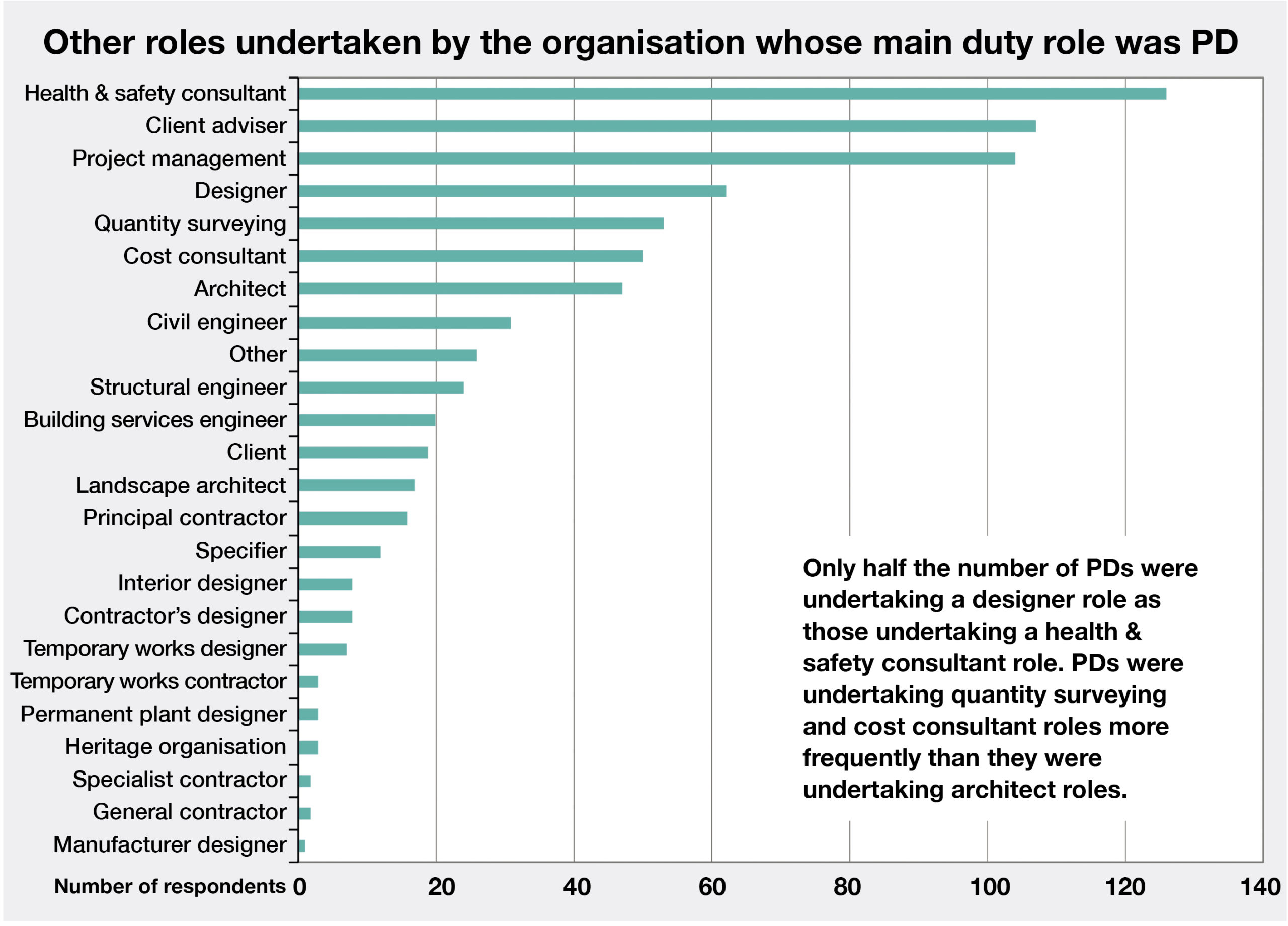
According to the results the role of the PD was considered a success in a number of aspects. These are:
- early consideration of design/health and safety;
- better coordination and communication between different teams/dutyholders;
- improved integration of safety and design;
- more understanding/awareness of design risk; and
- improved project information.
On the other side of the coin, areas were identified where more focus is needed:
- there is a need for more designer-led design risk management;
- the current understanding of the PD role is not always sufficient;
- some PDs are not empowered or given the authority to undertake the role and may not be ‘in control’ of the preconstruction phase;
- contracts and procurement routes influence how the PD role is undertaken;
- some organisations are more willing to undertake the PD role than others – generally, the respondents suggested that designers/architects do not want to take on the PD role;
- the PD is perceived by some to be a low-value role;
- not all those with PD duties have integrated the PD role within their organisation;
- PDs’ interaction with temporary works needs to increase; and
- the potential value of BIM is only being realised on some projects.
Asked what the HSE is taking from the findings, a spokesperson said: “The report provides further insight into the range of interconnected factors influencing the effectiveness of PDs during the preconstruction phase. Clients need to recognise the benefits PDs can bring to projects and ensure they unlock this by adequately resourcing and enabling this aspect of preconstruction decision-making. PDs need to better enable designer-led risk management at preconstruction.”
They added: “HSE is using insight from this report to inform approaches that improve implementation and enable other industry developments like modern methods of construction (MMC) and the drive to net zero and digitalisation.”
‘The HSE’s desire to see the architect take on the PD role has not materialised’
Mark Snelling and Andrew Leslie, APS president elect and head of membership.
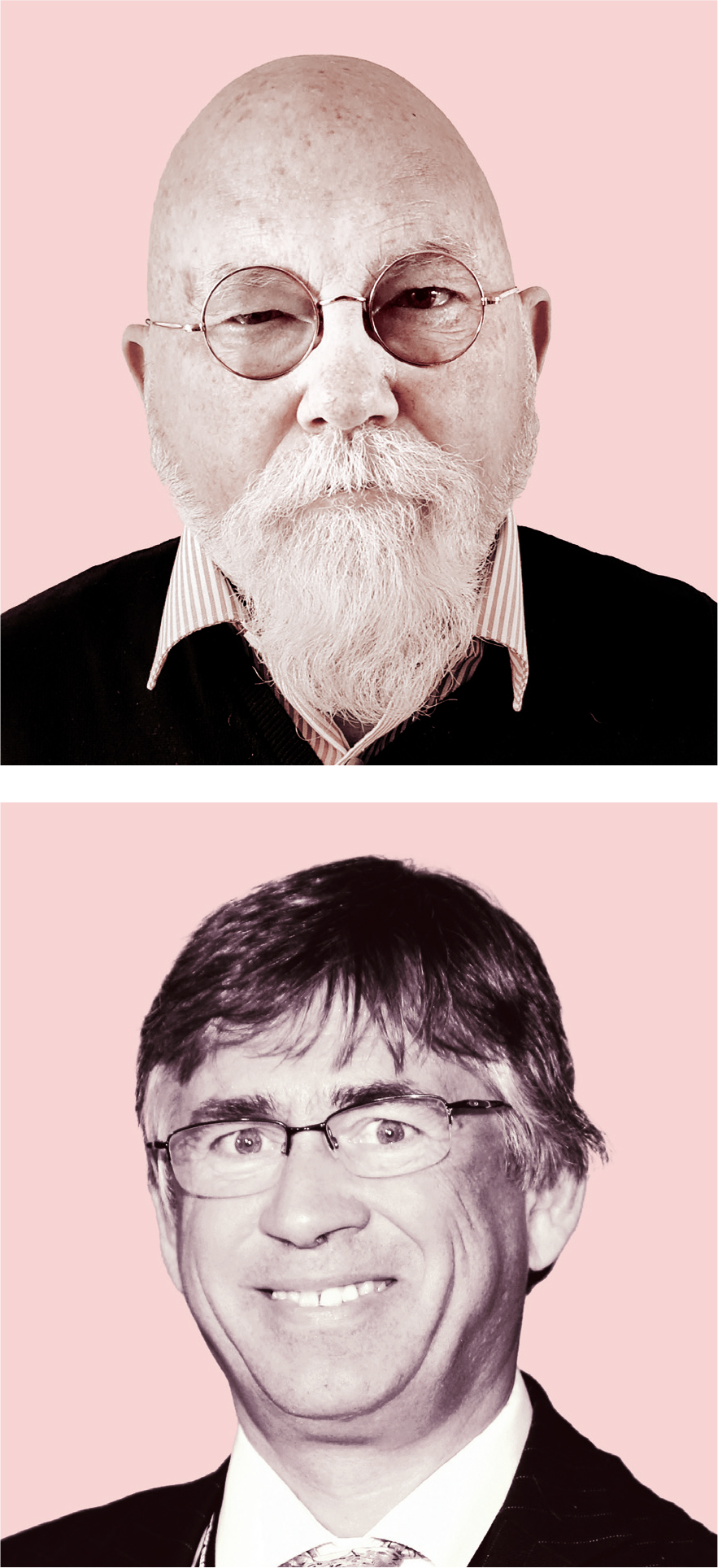
There were few surprises in the report and results reflect what our members have been telling us. But there were a number of headline takeaways for us:
- the PD rarely gets involved with temporary works designers;
- there are issues with design and build;
- architects are not keen on taking on the PD role;
- there is not much happening on domestic projects; and
- around a fifth (19%) of respondents did not consider the PD to be in control of the preconstruction phase. Given that the PD is “a designer with control over the preconstruction phase as principal designer”, this appears to be a significant failing within the industry.
The indicator of health and safety capability, observed by the largest number of respondents (49%), was a ‘track record of construction design and health and safety risk management skills, knowledge and experience’.
PDs need to work within the legal framework set out by the CDM Regulations 2015 but also understand the requirements of relevant construction health and safety legislation. While it is not impossible to learn this through self-study, it is alarming that half of the industry feels practitioners need no formal training in this area.
Another concerning outcome appears to be the tendency for clients, through ignorance of the PD role, to appoint PDs based on (low) fees, to the exclusion of quality and performance.
One key statement identified the need for more designer-led design risk management. This is reinforced by Table 4-1, which shows the following PD activity ‘complete design risk assessment’. Yet, it is a designer’s duty to identify risks associated with their design, not that of the PD.
The Hackitt report praised the effectiveness of the CDM regulations in achieving a culture change in health and safety. In 2018 someone seems to have persuaded Dame Judith Hackitt that CDM 2015 had been a great success. As a result, the new dutyholders in relation to building regulation compliance – Building Safety Act 2022 (BSA) etc – will be modelled on CDM 2015.
This research piece indicates that the culture change aimed for has not been fully realised and has significant variation from sector to sector and typology to typology. It is patchy to say the least. The report does not touch on the relationship the PD CDM is likely to have with the new PD BSA.
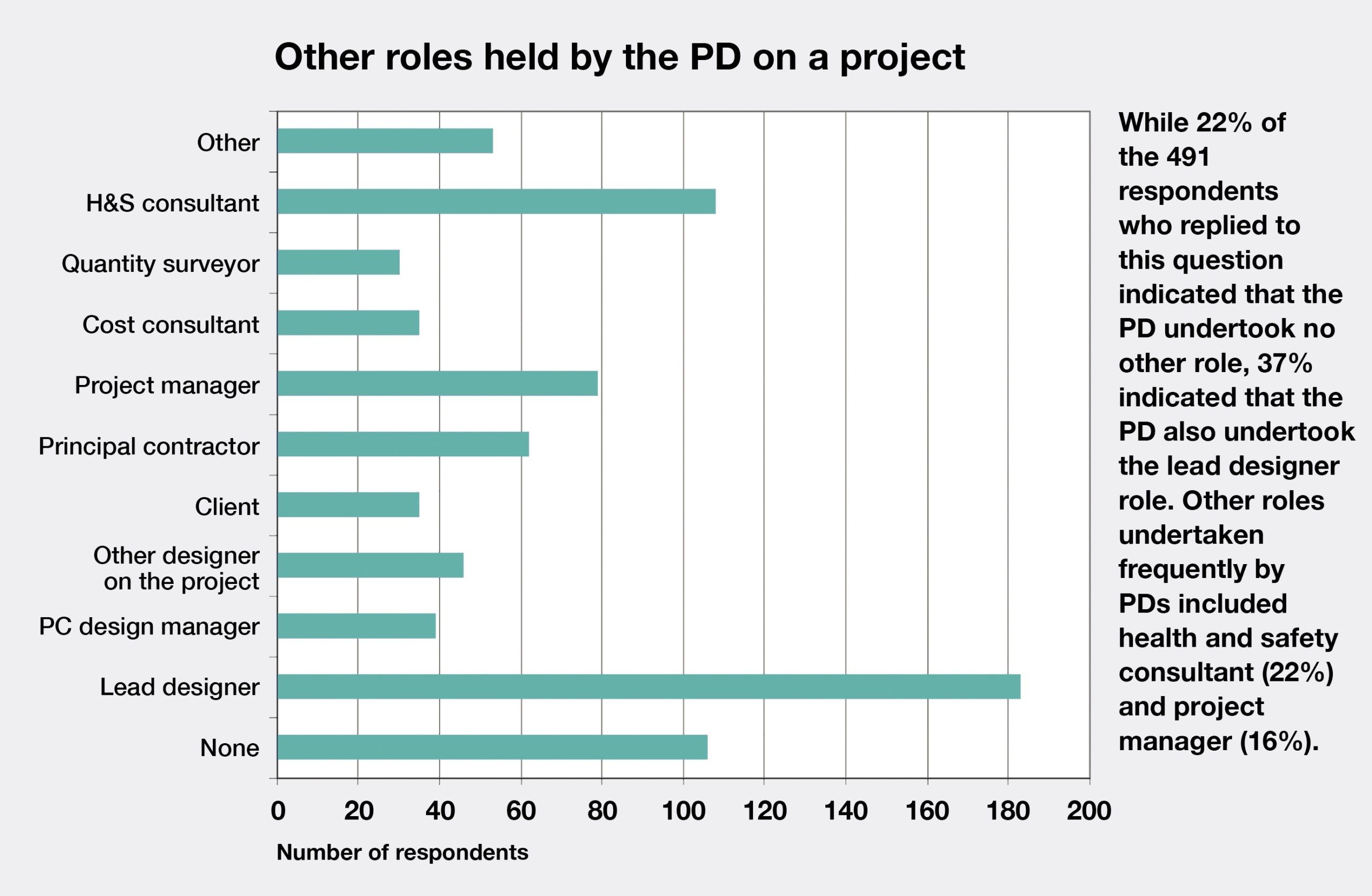
Once again, the HSE’s desire to see the architect take on the PD role has not materialised across the board. The greatest missed objective under CDM 2015 is that the PD role would be taken up by one of the ‘design team’. The report confirms that a significant number of PDs are not the project’s lead technical designer.
Finally, there is a remarkably high percentage indicating that health and safety file (HSF) information gathering, and outcomes were effective, and the HSF files were to a good standard.
This conflicts with feedback received by APS from members, which highlights difficulties at the early stages of a project. There are also further issues when getting the principal contractor (PC) and designers to provide information for the HSF when final compilation is taking place. More often than not this drags on well after practical completion and into occupation.
Generally, the report has gathered some interesting statistics, but gives the impression of having been edited to exclude more obvious critical responses.
‘The roles of the CDMC and planning supervisor were flawed but I am yet to be convinced that the replacement with the PD was the right thing to do’
Samantha Mepham, national head of health and safety, RLB UK

Although there are many areas of the survey findings that I agree with, for me the report demonstrates a fundamental issue with the PD and CDM Regulations 2015 in general and the ‘one size fits all’ mentality.
In my role as head of health & safety at RLB, I have witnessed, as the survey indicates, the principles of CDM applying well with large, engineer-led projects, but this does not always translate to projects outside that sector.
Most designs in engineer-led projects are inherently safe – they do not work unless they are. For the other projects – less systems-driven – it can feel like health and safety needs to be added, in addition to many other priorities.
The survey states that some stakeholders expressed concern that competencies were lacking. In particular, designers lacked health and safety competencies and health and safety practitioners had no design experience.
Grenfell has shown us that building regulations alone do not always capture the practical application of health and safety, whether it impacts buildability or in occupational use.
CDM is also often oversimplified but having knowledge of the CDM regulations is not enough for health and safety competence.
A competent PD should certainly have design knowledge and experience, but they should also understand and know how to apply the multiple pieces of health and safety legislation needed to support implementation. This is something that can’t be covered on a two-day PD course alone.
The roles of the CDM coordinator (CDMC) and planning supervisor were flawed but I am yet to be convinced that the philosophy behind the replacement with the PD was the right thing to do, especially when citing that a key benefit of removing the CDMC was cost savings.
| Where a CDM adviser was appointed | Yes | No | Don’t know |
| Client | 43% | 52% | 5% |
| PD | 24% | 70% | 6% |
| Principal contractor | 24% | 65% | 11% |
It was unrealistic to assume that a lead designer would take on the role and liability without financial reimbursement that equalled/exceeded existing charges.
The survey explains that others can/are appointed to assist both the client and PD, meaning there have been potentially three roles created to replace one, which does not seem cost effective.
CDM 2015 requires everyone to prioritise health and safety, but it is inevitably going to be ‘watered down’ when competing with other priorities – and, furthermore, put at risk when you remove the role that had the sole focus on health and safety.
‘The iron curtain between PDs and temporary works designers is yet to be lifted’
Peter Waxman, project director, Gleeds Health and Safety and APS regional representative for England South
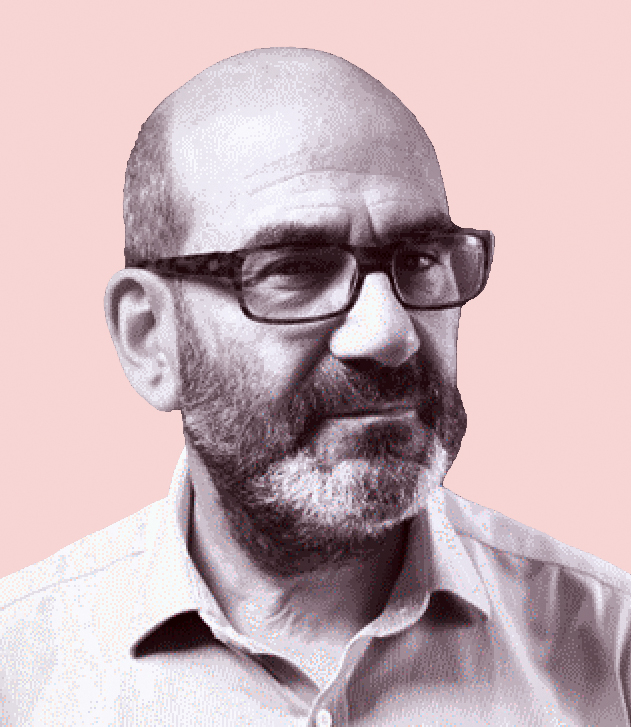
It’s really positive that nearly 850 people gave up time to respond to the questionnaire. However, due to the multiplicity of questions, some responses appear to contradict others. Many readers of the report will take away different messages.
It’s encouraging that nearly 75% of the respondents stated that they consider that PDs have a detailed knowledge of the general principles of prevention and that around 33% agreed that PDs hold design review meetings and have a process in place to resolve the issues raised.
It is also reassuring to read that it is generally acknowledged that the value the PD role can potentially bring to future projects is high or moderately high.
A less positive aspect is that, although the report notes that the element of control over the design is the fundamental difference between the CDM 2015 PD role and previous iterations of the CDM regulations, respondents said other organisations, including health and safety consultants, are more likely to perform the role than architects.
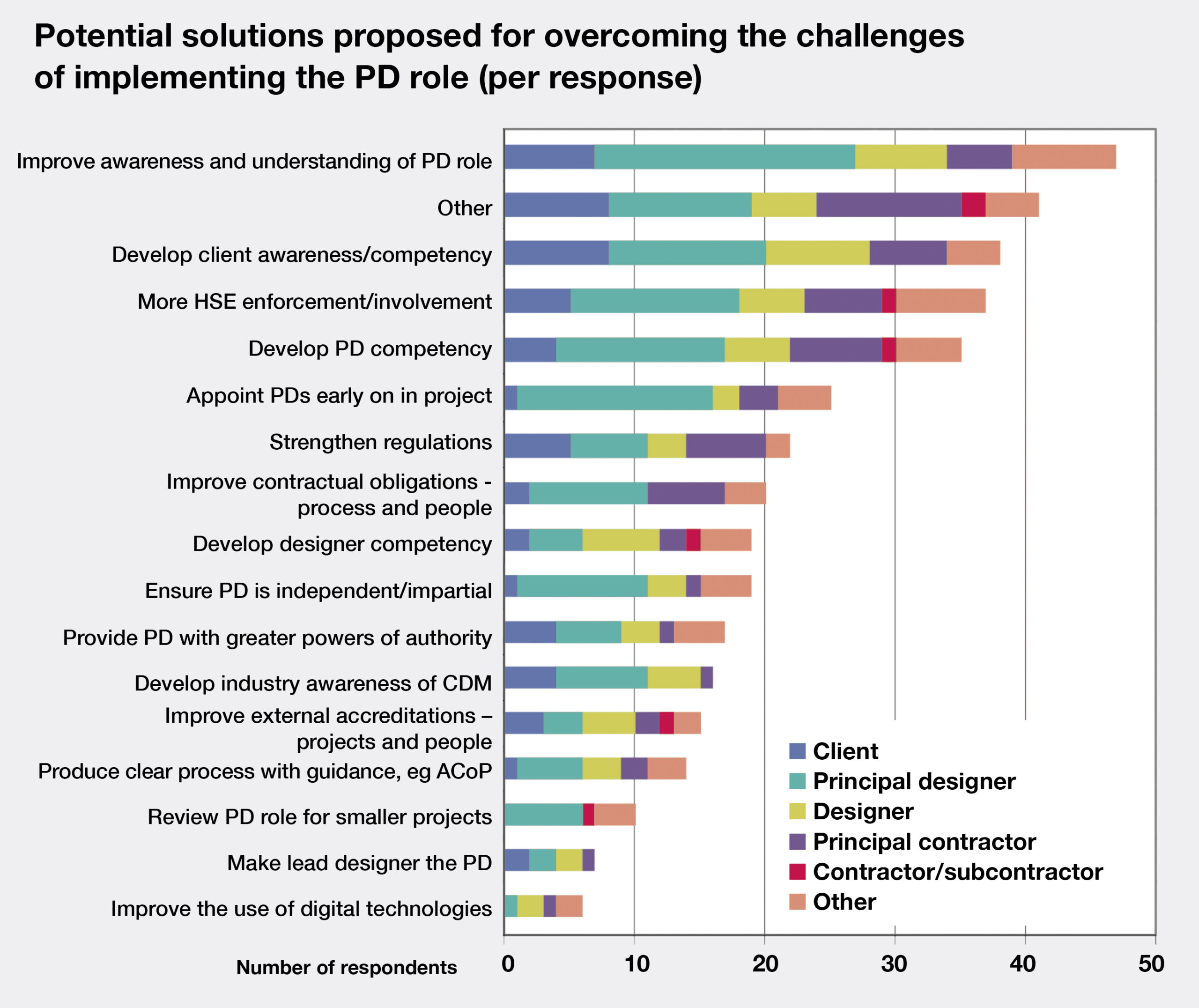
Where the role of the client was asked about, it was unfortunate to see negative commentary, including:
- “Stakeholders indicated that the PD role was not well understood by some clients”;
- “The culture amongst clients and the design professions does not encourage the PD as a single point of control over the preconstruction phase”; and
- “Once the client believes they have discharged their duties by appointing a PD, it was suggested that there was little reason for them to prioritise the role further.”
Other points to note are that the iron curtain between PDs and temporary works designers is yet to be lifted, and that PDs give greater emphasis to the elimination and reduction of construction risks rather than those arising from maintenance and cleaning.
To sum up, despite knowing that we still have a long way to go, the responses recognise that team members are increasingly valuing the importance of CDM to project success.
Going forward, the alignment of CDM to the building regulations aims to encourage the PD role to be undertaken by the architect on a project. Together with the other requirements of the Building Safety Act and subsidiary regulations, this will hopefully strengthen our positive influence on construction projects.
‘Issues relating to PD authority, empowerment and control may be exacerbated in design and build projects’
Steve Coppin, strategic technical consultant

As might be expected, many key responses broadly reflect the issues that PDs have been experiencing for some time.
What came across clearly was the fact that procurement routes and forms of contract influence how the PD role is undertaken and issues relating to PD authority, empowerment and control may be exacerbated in design and build (D&B) projects.
If a PD sits outside of the D&B contract, perhaps as an adviser to the client, the impact on the project will be hampered – as the D&B contractor’s focus is on an efficient approach to construction where an external PD may be perceived to ‘just get in the way’ with no added value.
In some projects, the PD is not invited to the contractor’s design review meetings. This indicates that further focus could be directed at how PD appointments work in a range of contractual situations.
In addition, if the D&B contractor runs the design via its design manager/contracts manager, this may limit the PD’s contact with the contractor’s design team. Again, focus could be directed at how PD appointments work in a range of contractual situations.
The PD role was seen by some as another service that could easily be offered by health and safety consultants. Respondents suggested that some designers do not want to take on the PD role.
Others highlighted the increasing cost of obtaining PI insurance as a barrier to designers taking on the PD role. This contributes to the bundling of the PD role with other professional construction services and/or the role being filled by ‘cheaper’ alternatives.
More positively, it is good to see that the promotion of designer-led design risk management meant that the PD role was embedded in some design organisations and there was more awareness of the implications of design decisions.
On some projects, more thought was going into preconstruction, such as better preconstruction information. RIBA has developed templates and practical guides to help its membership discharge their designer and PD duties. Other design-oriented professional institutions, whose members regularly undertake the PD role, could consider similar initiatives.
The research was conducted by Mike Webster of MPW R&R with assistance from Richard Roles of RJ Roels and Natasha Perry of Catchfly. Implementation of the Principal Designer Role within CDM 2015 can be downloaded at www.hse.gov.uk/research/rrpdf/rr1198.pdf. A full breakdown is available as a technical appendix, from which the charts were taken: http://mpwrandr.co.uk/implementation-of-the-cdm-2015-principal-designer-role.





